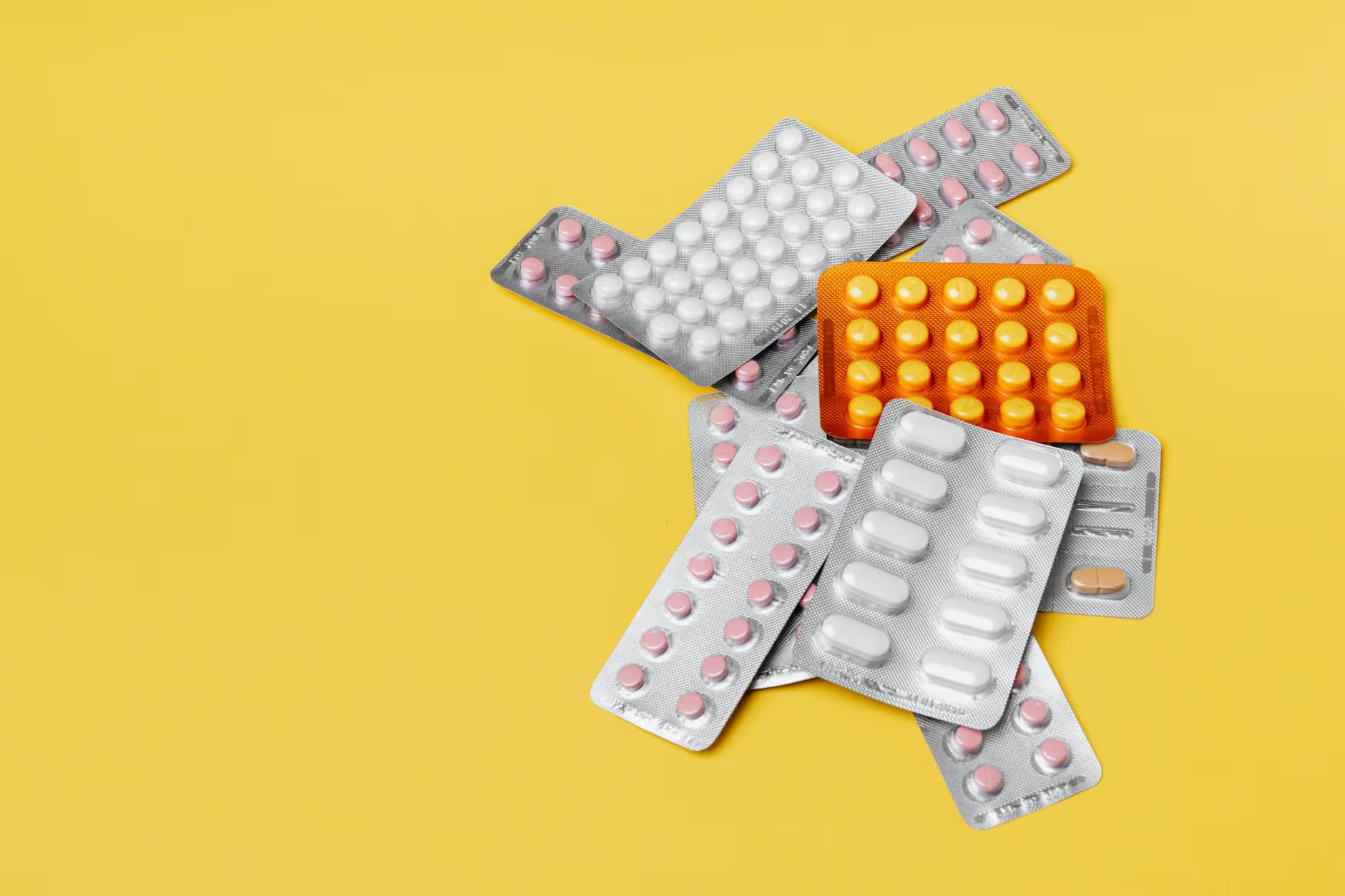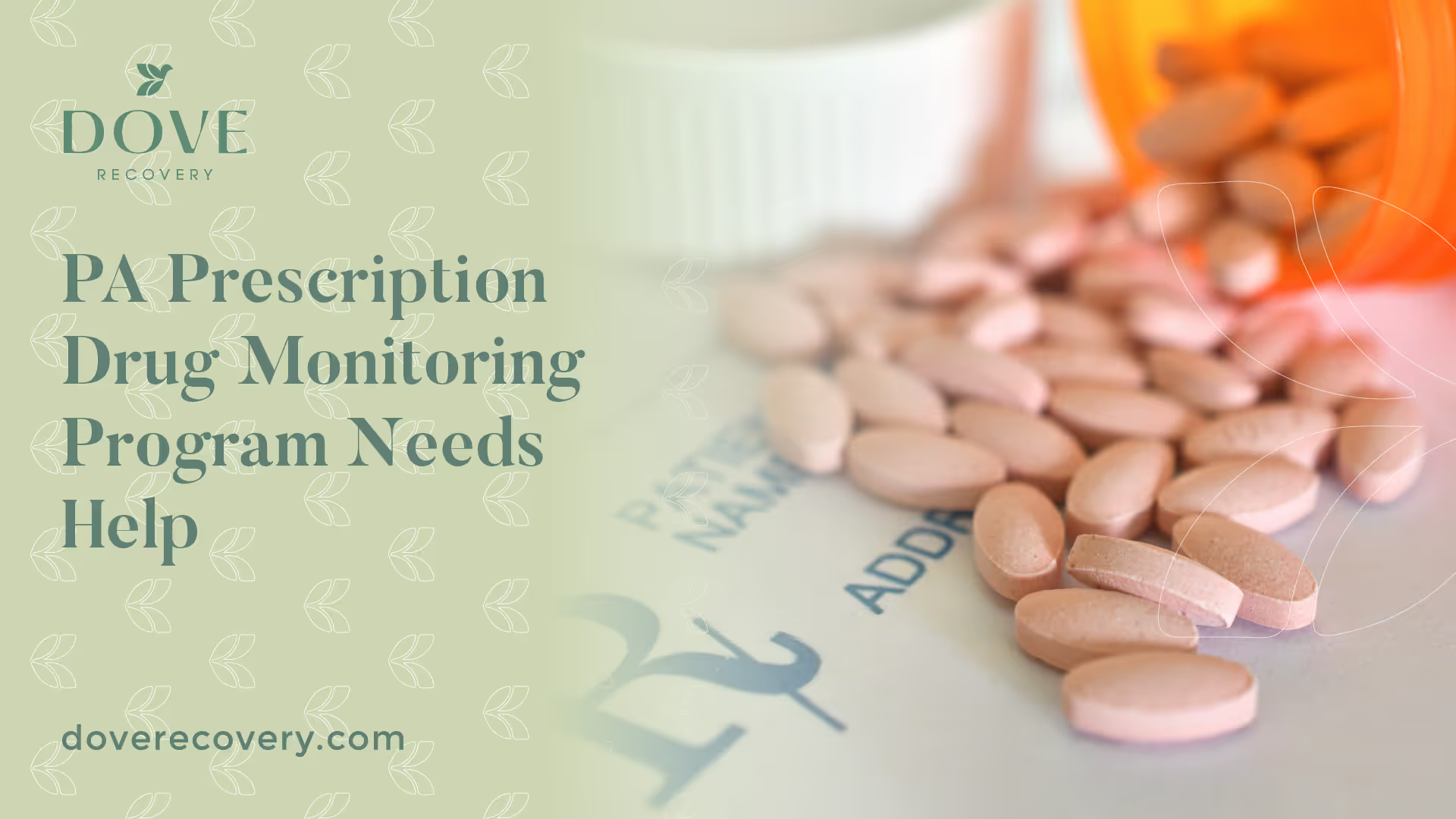PA Prescription Drug Monitoring Program Needs Help

Understanding Addiction
Addiction is a complex and multifaceted condition that affects individuals from all walks of life. Understanding the nature of addiction is crucial in order to address its impact and develop effective treatment strategies.

Definition of Addiction
Addiction is commonly defined as a chronic, relapsing brain disorder characterized by compulsive drug use despite harmful consequences. It is marked by an inability to control or stop the use of a substance or engage in a specific behavior, despite negative consequences [1].
It is important to recognize that addiction is not limited to substance abuse. It can also manifest in various forms, such as gambling, shopping, or internet addiction. Regardless of the specific addiction, the underlying mechanisms involve changes in the brain's reward system, leading to the compulsive and often destructive behaviors associated with addiction.
Types of Addictions
Addiction can manifest in different forms, affecting individuals in unique ways. Some common types of addiction include:
- Substance Addiction: This includes addiction to substances such as alcohol, nicotine, opioids, stimulants, and other drugs. Substance addiction can have severe physical, psychological, and social consequences.
- Behavioral Addiction: Behavioral addictions involve compulsive behaviors that provide a sense of reward or gratification. Examples include gambling addiction, internet addiction, gaming addiction, and compulsive shopping. These behaviors can have detrimental effects on various aspects of an individual's life.
While substance addiction and behavioral addiction are often discussed separately, it is important to recognize that both types share similarities in terms of the underlying brain mechanisms and the impact on individuals' lives. The treatment approaches for these different types of addiction may vary, but addressing the core issues and providing support are essential in all cases.
Understanding the definition and various types of addiction lays the foundation for comprehending the impact it can have on individuals, their families, and society as a whole. By recognizing addiction as a complex condition, efforts can be directed towards prevention, treatment, and support to help individuals overcome the challenges associated with addiction.
Addiction Treatment
Addressing addiction requires a multifaceted approach that involves various therapies, interventions, and support systems. By combining these treatment modalities, individuals struggling with addiction can find the support and tools they need to overcome their challenges.
Therapies and Interventions
Therapies and interventions play a crucial role in addiction treatment. They aim to address the underlying causes of addiction, promote behavior change, and develop healthy coping mechanisms. Here are some commonly used therapies and interventions:
- Cognitive-Behavioral Therapy (CBT): CBT helps individuals recognize and change negative thought patterns and behaviors associated with addiction. It focuses on developing healthier coping strategies and improving problem-solving skills.
- Motivational Interviewing (MI): MI is a collaborative approach that encourages individuals to explore and resolve their ambivalence about addiction and change. It helps them strengthen their motivation to overcome addiction and make positive life choices.
- Contingency Management (CM): CM is a reward-based intervention that provides incentives for abstaining from substance use. It reinforces positive behaviors and helps individuals establish new habits.
- Family Therapy: Family therapy involves the participation of family members in the addiction treatment process. It aims to improve family dynamics, enhance communication, and provide support to both the individual with addiction and their loved ones.
- Medication-Assisted Treatment (MAT): MAT combines medication with behavioral therapies to address addiction. It is particularly effective for opioid and alcohol addiction, helping individuals manage withdrawal symptoms and reduce cravings.
Support Groups
Support groups are invaluable resources for individuals navigating addiction and recovery. These groups provide a safe and non-judgmental space where individuals can share their experiences, receive encouragement, and learn from others who have faced similar challenges. Here are some well-known support groups for addiction:
- Alcoholics Anonymous (AA): AA is a fellowship of individuals who have struggled with alcohol addiction. It follows a 12-step program that emphasizes personal growth, spirituality, and peer support.
- Narcotics Anonymous (NA): NA is a support group for individuals recovering from drug addiction. It provides a supportive environment where individuals can share their stories, build connections, and work towards recovery.
- SMART Recovery: SMART Recovery is a science-based program that helps individuals overcome addictive behaviors. It focuses on self-empowerment, self-reliance, and evidence-based techniques to promote long-term recovery.
- Celebrate Recovery: Celebrate Recovery is a Christ-centered program that addresses a wide range of addictive behaviors. It combines biblical principles with a supportive community to help individuals find healing and freedom from addiction.
Support groups offer a sense of belonging, accountability, and encouragement throughout the recovery journey. They can be instrumental in maintaining sobriety and providing ongoing support even after formal addiction treatment has ended.
By incorporating therapies, interventions, and support groups into addiction treatment, individuals can increase their chances of achieving long-term recovery. It is important to tailor treatment plans to the individual's unique needs and circumstances, ensuring a comprehensive and holistic approach to addiction recovery.
Prescription Drug Monitoring Programs
Prescription drug monitoring programs (PDMPs) play a crucial role in addressing the issue of addiction. These programs are designed to monitor the prescribing and dispensing of controlled substances, with the aim of preventing misuse, abuse, and diversion. In this section, we will explore the purpose of monitoring programs and their effectiveness in combating addiction.
Purpose of Monitoring Programs
The primary purpose of prescription drug monitoring programs is to collect and analyze data related to controlled substance prescriptions. By doing so, these programs aim to:
- Identify individuals who may be at risk of substance abuse or addiction.
- Prevent "doctor shopping," where individuals visit multiple healthcare providers to obtain multiple prescriptions.
- Monitor the prescribing practices of healthcare professionals and identify any suspicious patterns or excessive prescribing.
- Provide healthcare providers with access to patients' prescription history to make informed decisions regarding treatment.
By closely monitoring the prescribing and dispensing of controlled substances, PDMPs contribute to the overall effort of reducing prescription drug abuse and addiction.
Effectiveness of Monitoring Programs
Research has shown that prescription drug monitoring programs can have a positive impact on reducing opioid abuse and related harm. According to a study published in the Journal of the American Medical Association (JAMA), states with active PDMPs experienced a 30% decrease in opioid overdose deaths compared to states without such programs.
PDMPs help identify individuals who are at risk of addiction or who may be seeking to misuse or divert prescription drugs. By providing healthcare providers with access to patients' prescription history, these programs enable better-informed decision-making regarding treatment plans and medication management.
Moreover, PDMPs facilitate communication and collaboration among healthcare professionals, law enforcement agencies, and regulatory bodies. This coordination allows for the identification of high-risk patients, early intervention, and appropriate referrals to addiction treatment services.
However, it's important to note that while prescription drug monitoring programs have shown promise in combating addiction, they are not a standalone solution. These programs should be implemented in conjunction with other addiction prevention and treatment measures to address the multifaceted nature of substance abuse.
In summary, prescription drug monitoring programs serve a vital purpose in monitoring the prescribing and dispensing of controlled substances. They contribute to the prevention and early detection of addiction, helping to reduce the misuse and diversion of prescription drugs. While PDMPs have demonstrated effectiveness, a comprehensive approach that combines monitoring programs with addiction treatment and support services is necessary to combat the complex issue of addiction effectively.
Challenges Faced
Prescription drug monitoring programs play a crucial role in addressing addiction issues. However, these programs are not without their challenges. Two significant challenges faced by prescription drug monitoring programs are the lack of resources and implementation issues.
Lack of Resources
One of the primary challenges faced by prescription drug monitoring programs is the lack of resources. These programs require adequate funding, staffing, and technological infrastructure to operate effectively. Insufficient resources can hinder the program's ability to collect, analyze, and disseminate data in a timely manner.
By providing the necessary resources, such as funding for staffing and technology upgrades, prescription drug monitoring programs can enhance their efficiency and effectiveness. This includes investing in robust databases, secure networks, and user-friendly interfaces that enable seamless data sharing and analysis.
Implementation Issues
Implementing a prescription drug monitoring program can present various challenges. These challenges include issues related to data collection, integration, privacy concerns, and compliance with regulations. It is essential to ensure that healthcare providers, pharmacists, and law enforcement agencies are adequately trained and educated on the program's requirements and protocols.
Moreover, interoperability between different states' monitoring programs can be a significant hurdle. The lack of standardized practices for data collection, reporting, and sharing can impede the seamless exchange of information across state lines.
To address implementation issues, it is crucial to establish clear guidelines and protocols for data collection, privacy protection, and information sharing. Collaboration between relevant stakeholders, including healthcare professionals, policymakers, and technology experts, can help overcome these challenges and ensure the effective implementation of prescription drug monitoring programs.
By recognizing and addressing the challenges faced by prescription drug monitoring programs, stakeholders can work towards improving these programs' effectiveness in combating addiction and reducing the misuse of prescription drugs. Through adequate allocation of resources and effective implementation strategies, these programs can play a vital role in promoting public health and safety.
Improving Monitoring Programs
To address the challenges faced by prescription drug monitoring programs (PDMPs), it is crucial to focus on improving their effectiveness and accessibility. Two key areas that require attention are addressing resource shortages and enhancing program accessibility.
Addressing Resource Shortages
One of the significant challenges faced by PDMPs is the lack of resources. Insufficient funding and limited staffing can hinder the proper functioning of these programs and limit their impact. To address this issue, it is essential to allocate adequate resources to support the operations and maintenance of PDMPs.
By investing in additional funding, states can enhance the technological infrastructure of PDMPs, ensuring efficient data collection, analysis, and reporting. This includes investing in secure databases, advanced analytics tools, and personnel training to handle the increasing workload. Moreover, increased funding can support outreach efforts to educate healthcare providers and patients about the importance of PDMPs and how to effectively utilize them.
To address resource shortages, collaboration between government entities, healthcare organizations, and private stakeholders is crucial. By working together, it is possible to secure the necessary resources and support for PDMPs, ensuring their continued effectiveness in combating prescription drug abuse.
Enhancing Program Accessibility
Another aspect that needs improvement is the accessibility of PDMPs. Accessibility refers to the ease with which healthcare providers and pharmacists can access and utilize the program's data. By enhancing program accessibility, healthcare professionals can make more informed decisions and better identify potential cases of prescription drug misuse or abuse.
One way to enhance accessibility is by improving the integration of PDMPs into existing healthcare systems and electronic health records (EHRs). This integration would allow healthcare providers to access PDMP data directly within their workflow, eliminating the need for separate logins or additional steps. Seamless integration would encourage more healthcare professionals to use PDMPs regularly, ensuring comprehensive monitoring of prescription drug use.
Furthermore, enhancing program accessibility involves streamlining the registration and enrollment process for healthcare providers and pharmacists. Simplifying the administrative requirements and reducing the bureaucratic burden can encourage broader participation in PDMPs. This can be achieved through user-friendly interfaces, clear guidelines, and training programs that familiarize healthcare professionals with the functionalities of the PDMPs.
By addressing resource shortages and enhancing program accessibility, PDMPs can become more effective tools in combating prescription drug abuse. These improvements will contribute to better monitoring, early intervention, and the prevention of opioid addiction, ultimately safeguarding public health and well-being.
References
[1]: https://www.drugabuse.gov/publications/drugs-brains-behavior-science-addiction/introduction
